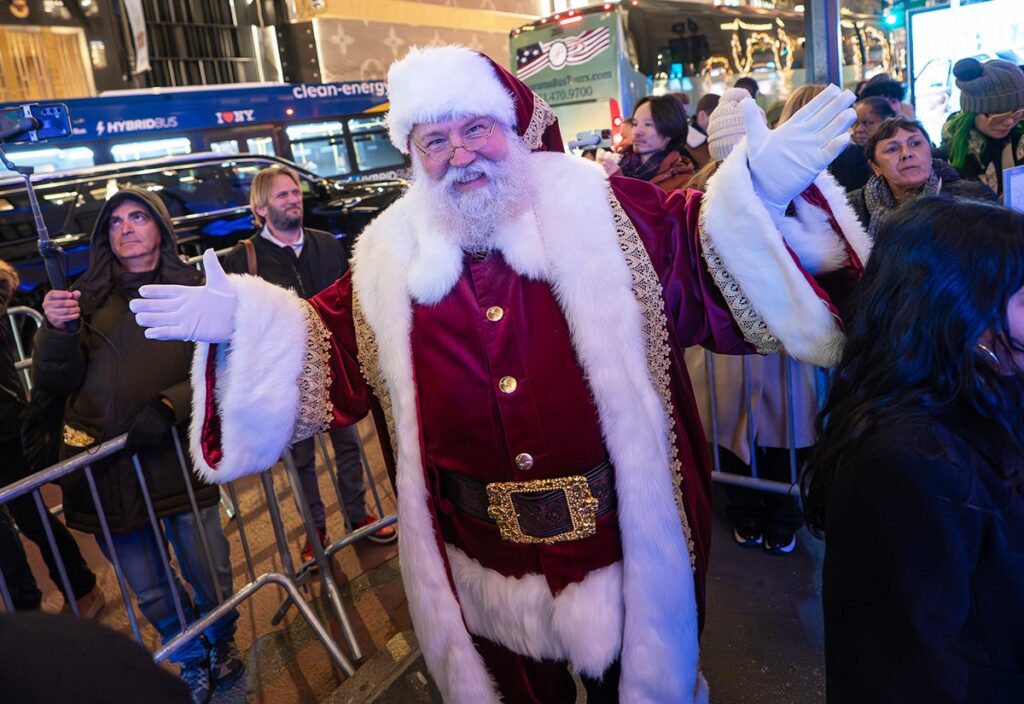#15 Best Campaign Generating Brand Volume
2007 MONOPOLY AT MCDONALD’S
AGENCY: The Marketing Store
CLIENT: McDonald’s
Success has its price. When you hit on a promotion that captures the public’s imagination and achieves classic status, you’re eventually faced with the problem of keeping it fresh and new while retaining the elements that made it a hit in the first place.
That’s the issue that has faced McDonald’s and its agency The Marketing Store for some years now in regard to “Monopoly at McDonald’s,” the annual board-game-based extravaganza that has become an October fixture since its introduction 17 years ago.
The brand has been fine-tuning its Monopoly strategy for several years. In 2004, it introduced an online game that gave in-store players a “Second Chance to Win.” In 2006, it switched from offering merchandise prizes to emphasizing cash winnings. And in each of the last three years, it saw October sales jumps of 5% to 6% year over year.
In 2007, McDonald’s and The Marketing Store tweaked the game to maximize those in-store sales opportunities and heighten the excitement around both the in-store and online games, because McDonald’s research suggested that customers who didn’t join the game in the first two weeks were less likely to play at all.
Ironically, pumping up the excitement meant replacing the $5 million grand prize offered in 2006 with four weekly grand prizes of $1 million — and making the first week’s prize an instant-win award.
“For the first time, we had a seven-day pre-promotional period before the game’s start on what we dubbed ‘Green Tuesday,’ ” says Douglas Freeland, McDonald’s director of U.S. marketing. “We also dialed up the free codes that we gave out to drive participation in the online game early in the promotion.”
In the early stages, the free game codes were distributed through both conventional and digital media, including Yahoo page takeover ads.
Other changes made online play easier and more promotional. The in-store game pieces were redesigned to highlight the access codes rather than the legal boilerplate. Game graphics were optimized for faster display. And while waiting for the game site to load, visitors saw a loading bar that showed them “how many dollars you could win” and ads for McDonald’s menu items appropriate for the time of their visit: fries late at night, the Big Mac at the dinner hour, breakfast sandwiches at bedtime.
Why this concentration on the online game?
“We’ve found that when people play the online Monopoly game, there’s a level of customer engagement that keeps them coming back,” says Chris Hess, vice president of strategic business partnerships for The Marketing Store. “They’re quicker to get back into the store and revisit.”
In-store promotional materials such as food bags, beverage cups and tray liners featured actual past game winners to counteract the strain of cynicism that McDonald’s research detected among customers about their chances of winning. Those winners were also highlighted in TV spots and on the Web site in video clips talking about their prize-winning moments.
These improvement efforts paid off, in some cases better than expected. McDonald’s and The Marketing Store projected that 15% to 20% of customers who got an e-mail with a free game code would redeem it online; instead, 56% did so. Overall, on-pack code entries increased 226% from the previous year; 6% of all the codes distributed were entered online.
During the game month, the Web site drew three times the traffic of 2006’s online game, and the average visitor stay was over 40 minutes.
And in-store food sales? Up 5.4% from the record set in October 2006.
IDEA TO STEAL: SYNERGY
Don’t overlook the synergy between an in-store game and an online one — from increasing player involvement to merchandising opportunities while screens are loading.



